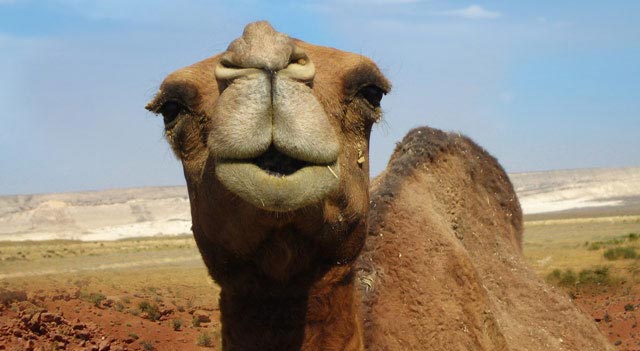An easy way to think of the Aperture of your lens is to think in terms of the human eye. Since your camera’s sensor “sees” things much as your eye does and then records those images in a physical form, we can think of Aperture the same way.
Every lens is made of a a group of glass elements and also a group of Aperture blades. The blades are what limits the amount of light passing into the lens and onto your sensor. These mechanical blades work the same way your pupil works, when in a low light situation, your pupils open up larger to allow more light in so that you can see better and when you are out in bright sunlight, they shrink down to tiny dots to reduce the amount of light coming in.
 |
| My Canon EF 50mm F/1.4 USM wide open at F/1.4 |
Aperture blades do the exact same thing, only mechanically and you control them. So a wide Aperture lens like my Canon EF 50mm F/1.4 USM when set at 1.4 is wide open, like your pupil is in low light and I can shoot better indoors at say a concert.
When I am shooting outdoors in sunlight, I will generally set my Aperture to say F/5.6 to F/8 and the blade will reduce the size of the hole in the center of my lens allowing less light into my sensor like the image below of the Canon EF 50mm F/1.8 II. The process of engaging the blades in your lens is known as stopping down as you are reducing the amount of light getting through the lens to your sensor.
 |
| Stock image of Canon EF 50mm F/1.8 II with the blades closed all the way |
If you are looking at the popular 70-200mm lenses, they generally come in two varieties, F/2.8 and F/4. The F/2.8 model will allow more light, in this case one stop more, than it’s F/4 counterpart.
Aperture also directly impacts your Depth of Field in your images, especially in longer focal length lenses. We all strive to achieve that creamy background blur and bokeh, and using a low Aperture with a longer focal length lens is how that is accomplished. This is one of the reasons wedding photographers will generally shoot with the 135mm F/2 or the 70-200mm F/2.8 lenses. How your bokeh looks in your images depends on how many blades your lens has. A five blade lens will not be able to make perfect circles, but then again, some people like their bokeh to be more angular, where I prefer mine to be as close to perfectly rounds balls of light. When shooting landscapes, by stepping down the Aperture, you can keep more of the scene in focus and get that beautiful wide shot where everything looks fantastic!
 |
| Notice the creamy Bokeh in this shot I took in Monroe, Ga. |
 |
| Janice Mcgregor shot this one with the Canon EF 28-135mm check out that blurry background! |
Comments/Questions


